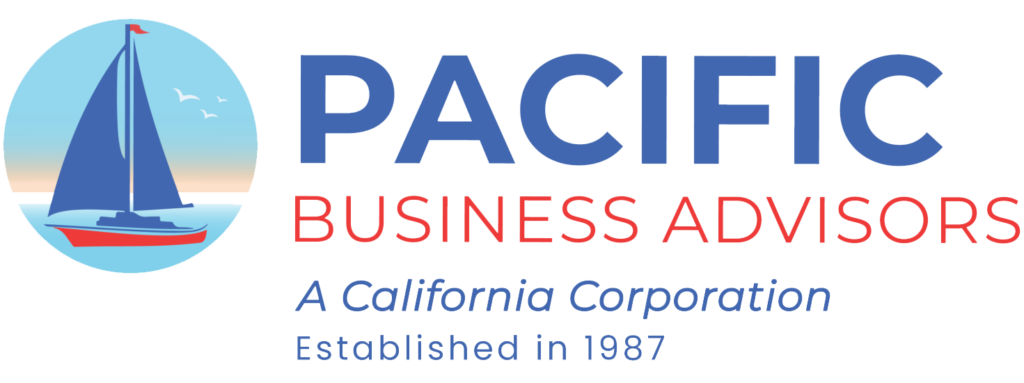

Barter Exchanges - How they Work
A barter exchange is a business organization that provides third party services to members of the organization that engage in the trading or bartering of goods and/or services usually on a local or regional level. Members receive the equivalent of barter dollars when a member provides another member goods and/or services. These barter dollars can then be used to acquire any goods or service offered for sale by any members of the organization. For example, Business A sells advertising to Business B for barter dollars. Those barter dollars can then be used to buy restaurant meals from Business C and so on.
Members of barter exchanges tend to offer their excess inventory or capacity for barter dollars. This saves them from spending their cash on those goods and/or services.
The goods and services most bartered include:
Print and internet advertising
Mini billboards
Restaurant meals
Promotional advertising products
Home remodeling services
Landscaping services
Car washing services
Accounting - bookkeeping services
Legal services
Private postal boxes
Security guard/patrol services
Hair salon services
Dental services
Pool services
Painting services
Glossary of Barter Terms
Barter Leverage
Barter leverage is the difference between the cash dollar amount invested in a product or service traded and the value received in the exchange.
Barter Systems
Barter Systems are also called trade exchanges and credit clearing exchanges. All act as third party record keepers to facilitate trade between members. They all utilize a trade credit as a medium of exchange between participating members.
Common Currency
Common currency refers to a universal medium of exchange used by organizations that engage in barter.
Corporate Barter Companies
Corporate barter companies work with large and small companies to assist them in purchasing inventory, equipment, services and other things. with trade credits.
Cost of Goods
This is the direct cost required to replace that which is sold.
Cost of Trade Dollars
The direct cash cost incurred to use one trade dollar which is usually the company's own internal cost of goods and/or services.
Deficit
Refers to spending more trade dollars than what is earned.
Excess Capacity
Excess capacity exists when demand for a product or service is less than the amount that can be supplied resulting in a reduced profit. This excess capacity is ideal for barter transactions. An example is when a hotel trades an empty room for some needed product or service.
Fixed Expenses
The expenses of a company that remain the same regardless o! their sales volume. These expenses generally include rent, fixed labor, real estate taxes, and general overhead, Including utilities.
Gross Profit Margin
Sales less cost of goods sold. Companies with high gross profit margins generally are more receptive to bartering in high volume. Companies with low gross profit margins are generally less likely to barter in large volumes.
Non-Reciprocal Trade
Refers to indirect exchange between two or more parties, accomplished through a third-party barter exchange.
Reciprocal Trade
Reciprocal trade refers to a trade where two parties exchange products or services of equivalent values. This is not common which is the reason barter exchanges exist.
The Tax Equity and Fiscal Responsibility Act of 1982
The law that granted third party record keeper status to barter exchanges mandated that all barter exchanges file a report annually with the IRS that verifies the gross amount of barter sales made by their members, and required barter exchanges to provide 1099B reports to each member that made barter sales in the prior year.
Trade
Trade refers to the cashless exchange of goods and/or services.
Trade Dollars
Trade dollars refer to the medium of exchange used between barter exchange members in place of cash. The IRS and FTB value trade dollars the same as U.S. Dollars.
Trade Velocity
This refers to the speed at which trade dollars are turned. Trade velocity is measured by how many times trade dollars are earned and spent in a client's account within a defined period of time.
Variable Expenses
The expenses of a company that increase with increases in production or sales, such as direct labor, shipping supplies, freight, and additional product costs.
Wholesale Buying Power
Refers to the ability through bartering to sell products or services to new customers at a profit.
Ideas to Expand, Protect, and Improve You Small Business
Promotional Advertising Products Industry
PacificBusinessAdvisors.net
Office: 818-991-5200
Direct: 818-991-9019